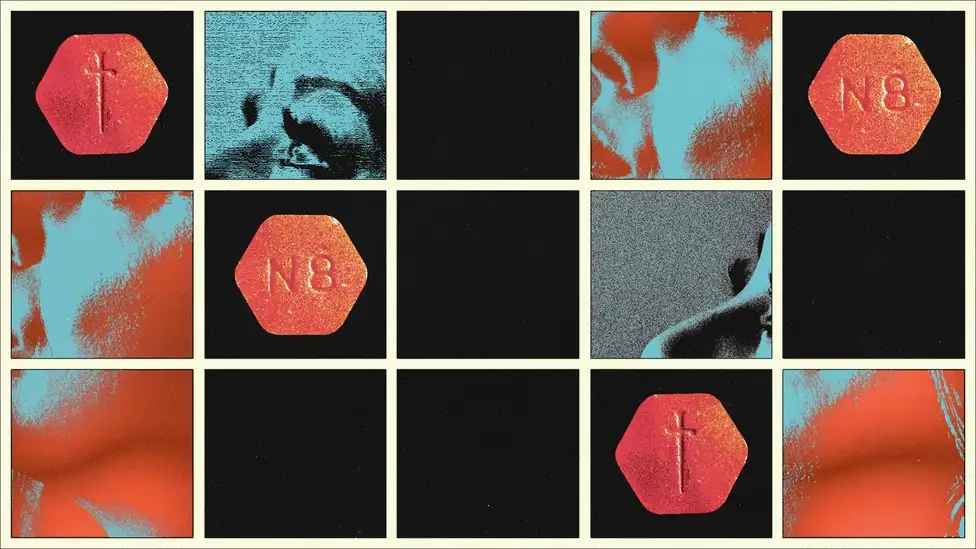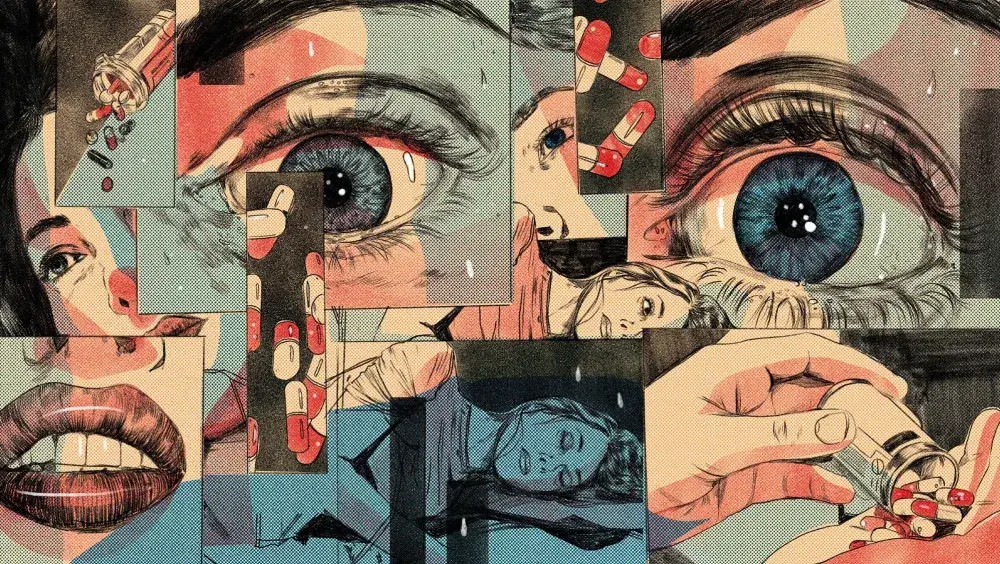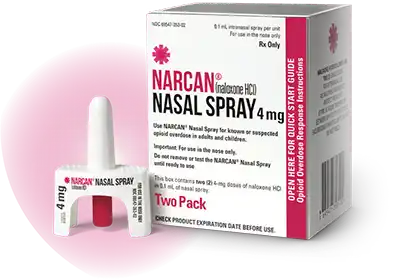Buprenorphine can stop cravings for opioids, yet its uptake in the U.S. has stagnated.

Mallory Berry was ready to give up. It was 2019, and her addiction—prescription opioids had led her to heroin—had left her bedridden. An infection had eaten through parts of her pelvic bones, stomach muscles, and vertebrae, causing a pain so excruciating that she was afraid to move. Her partner, Randy, placed buckets under her body when she needed to use the bathroom. Bathed her and fed her. Before long, Mallory stopped eating entirely, subsisting on sweet tea and water, wasting away.
Four years later, Mallory would recount this memory to me over the phone from her house—a five-bedroom, three-bathroom colonial with a walk-in closet and a two-car garage—that she paid for with her earnings as a manager at a mortgage company, where she oversaw 10 direct reports.
When I spoke with her in March last year, she largely credited this remarkable turnaround not to her own willpower, or the grace of God, but to a widely available medication called buprenorphine.
The above content is a preview of content that appears on a third-party website. Stop the Judgment Project is not responsible for content appearing on third-party websites. Content may be subject to subscription fees.
Additional Media Stories


When One Pill Kills

How Fentanyl Is Unfolding as One of America’s Greatest Tragedies




